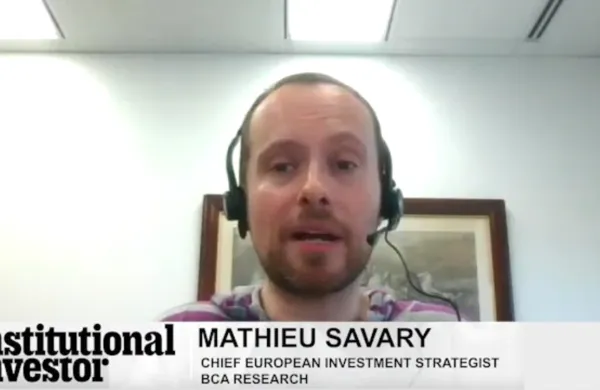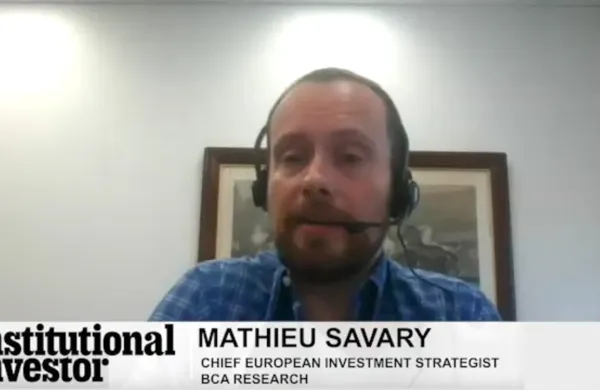The conditions seem ripe for another robust year in the European bond market. The region’s debt crisis has eased significantly in recent months and the European Central Bank appears determined to keep interest rates at today’s extraordinarily low levels, if not cut them further. The only thing lacking is supply.
The bond market has gotten off to a comparatively sluggish start since the beginning of the year. Companies had made 23 bond issues worth a total of $26.4 billion as of January 16, down from 55 issues worth $35.8 billion in the same period of 2012. Many investors expect the pace of issuance to remain subdued this year as companies remain flush with cash after a spate of borrowing in 2012. For investors the tightening supply is likely to make it even harder to find significant yields. (While that applies to large issuers, Standard & Poor’s says smaller European companies are in a much different position.)
Last year companies tapped the European corporate bond market for a total of $582.4 billion, up sharply from $375.3 billion in 2011 and not far behind 2009’s record of $638.6 billion, according to Dealogic. Andreas Berndt, executive vice president and portfolio manager in the Munich office of Pacific Investment Management Co., the big U.S. bond fund manager, says that investors were looking for yield and keen to diversify their portfolios.
Such demand enabled large European corporates to borrow at extraordinarily low rates. In July, Swiss food company Nestle, for instance, set a new record for the lowest coupon — 1.5 percent — on a ten-year European corporate bond. With German ten-year bonds yielding a mere 1.32 percent by the end of 2012 after starting the year at an already low 1.85 percent, Nestle’s coupon was enough. According to Bank of America Merrill Lynch’s Euro Corporate index, European corporate bonds at the start of 2013 were yielding only 137 basis points more than government debt on average, down sharply from 301 basis points a year ago.
Interest rates and government bond yields are likely to stay down for some time. The ECB’s main refinancing rate stands at the record low level of 0.75 percent, and the next move could well be further downward given the sluggish performance of European Union economies. The German Economy ministry estimates that the country’s output grew by only 0.8 percent in 2012 after a 3 percent increase in 2011. In a press conference in Frankfurt in December, ECB president Mario Draghi said the bank’s governing council had discussed cutting rates although the “prevailing consensus” was to leave them unchanged. On January 10 the bank’s governing council voted unanimously to keep rates at the same level. Against this backdrop, some analysts, such as Dan Morris, global strategist at J.P.Morgan Asset Management in London, believe that investors will prefer risk assets such as equities and higher-yielding fixed income this year.
Yet, Pimco’s Berndt expects the flow of new bond offerings to be “muted” this year because issuers don’t need the capital. Other investors agree. “Companies have largely prefunded upcoming maturities, so we would expect less issuance this year,” says Thomas Hanson, portfolio manager in the fixed income team at Lazard Asset Management in London. Bankers working with companies preparing to sell bonds make similar observations. “One of the main factors holding back issuance is a lack of corporate issuers. There is usually a time lag before borrowers act on positive sentiment,” says Marco Baldini, the London-based head of European corporate bond syndicate at Barclays Capital.
Nonetheless, the markets remain steady, and Baldini sees at least some increase in bond offerings related to merger deals, thanks to a new confidence engendered by an easing of the European sovereign debt crisis. “We might expect to see a boost to European nonfinancial issuance if there’s a real uptick in M&A-driven financing. Otherwise, we would expect to see volumes in line with 2012,” he says. “There is a general air of optimism among investors because of Mario Draghi’s pledge to do whatever it takes to save the euro.”
Other investors aren’t so sure. Kevin Corrigan, head of credit at Lombard Odier Darier Hentsch in London, says low funding rates will give corporates the opportunity to refinance. For example, German carmaker Volkswagen reopened the European market on January 7, issuing €1 billion ($1.3 billion) of seven-year bonds with a coupon of 2 percent. But Corrigan adds, “It’s a long shot to suggest animal spirits will return with M&A-style leveraged finance.” He thinks investors will find the best opportunities in BBB and BB credits, which now account for 36 percent and 49 percent, respectively, of investment-grade and high-yield bonds in Europe, up from 20 percent and 33 percent, respectively, in 2006. “This is where we think value lies in 2013,” he says. Good yield spreads will be difficult to achieve for junk bond investors, though. Average spreads over government debt, according to Bank of America Merrill Lynch Global High Yield Index, had fallen to 512 basis points at the start of 2013 compared to 570 basis points a year ago.






